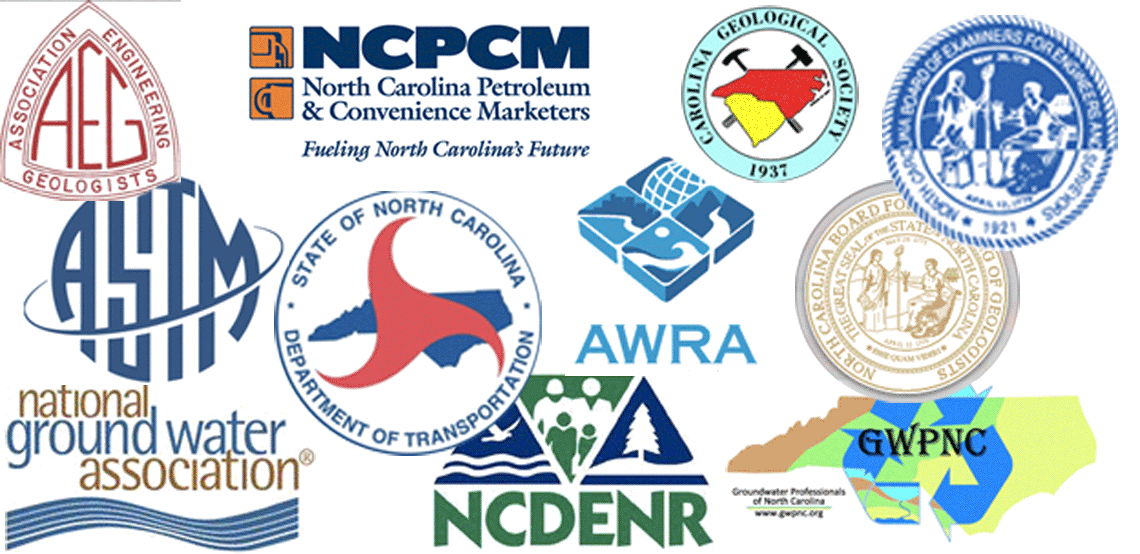
As environmental consultants, we are tasked with formulating an environmental assessment plan that will answer as many questions as possible, as thoroughly as possible, for the least amount of cost and effort. Size of the land (acreage), buildings and improvements, history, location and topography all have impacts on the way an evaluation is approached.

The results of the geophysical survey are incorporated with other information to determine a plan for soil and groundwater sampling. The objective is to measure levels and extents of any soil or groundwater impacts from chemicals. The complexity of the site and the requirements of the project, such as depth of required excavation, emplacement of conduits, piping and other infrastructure, either now or in the future, can make the environmental aspects of a large construction project significant and complex.

ASTM also has a standard for Phase II environmental assessments. This standard is less specific in terms of establishing a thorough site evaluation, and therefore there is more reliance on the judgements of consultants and other parties involved. It does provide information on who is considered a qualified professional for performing a Phase II assessment. It also outlines significant required aspects of a Phase II that should be addressed, and includes an outline of a comprehensive recommended table of contents. The Phase II standard is E1903-11 and can be purchased at www.ASTM.org.
